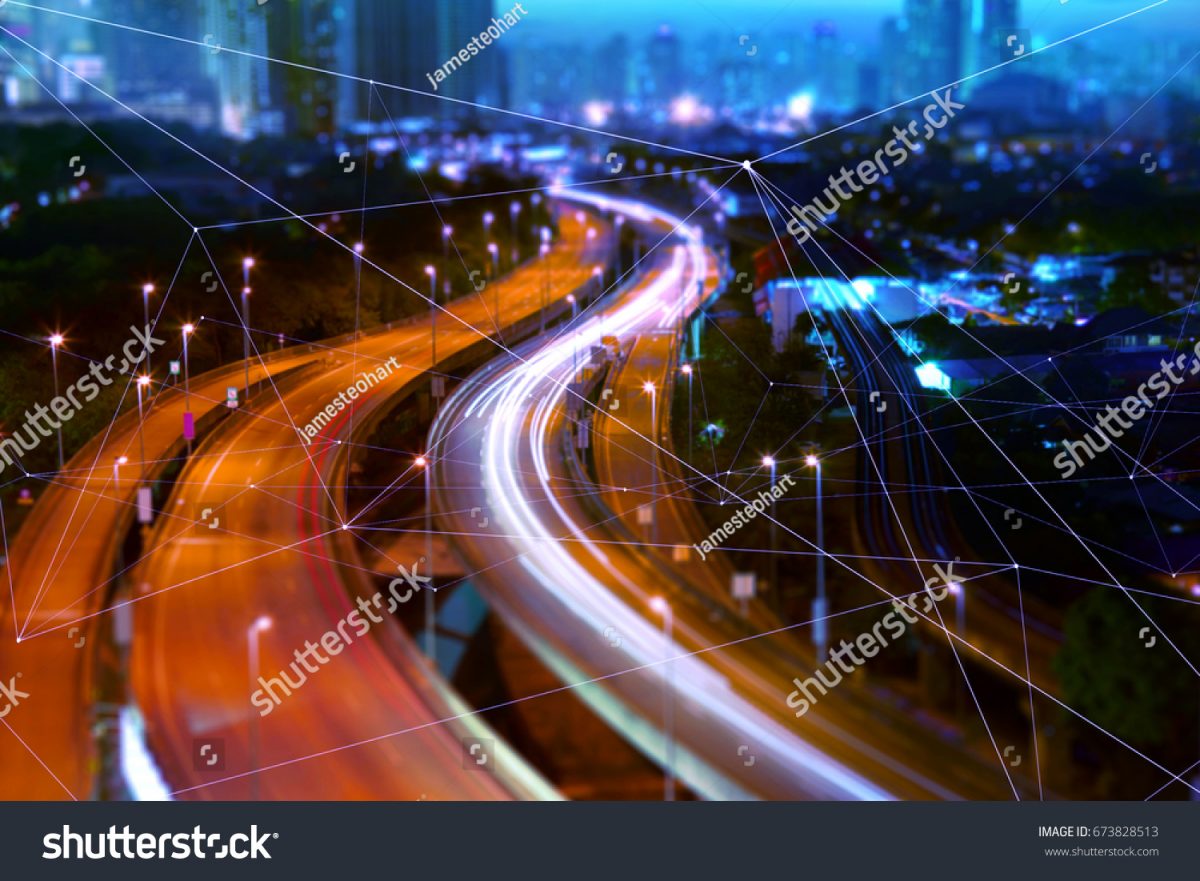Internet of things, smart cities. All these futuristic concepts that we read about in books and articles are still vague concepts for most of us. While we understand what the technology will eventually enable us to do, we miss the finer details about how exactly such technology will come about. The answer is quite simple, well sort of.
Explain the technology
Signify, a Philips spinoff company focused on lighting, has been the market leader in producing LED lights for the past few years. Recently they launched BrightSites, a new smart lighting pole that has the capabilities to integrate IoT applications, cameras, environmental sensors, connectivity, and of course, provide energy-efficient LED lights. The light poles also serve as alarm systems that can detect unusual activity by monitoring noise, air quality and more.
What’s more interesting, is how these smart poles can become a source of income for municipalities. BrightSites poles come with display screens which can be used as advertising space to fund the maintenance of such projects.
About the progress: Signify
Their current cooperation with New York allows them to install smart light posts across the city. By 2025 they aim to install 500,000 posts and are currently already halfway there. This project is intended to build the foundations for the future of smart cities. New York municipalities are piloting a program to create smart cities with smart streetlights that will lower emissions, cut energy usage and at the same time create a foundation for other smart city endeavors. Such projects are being piloted across multiples cities across the world but what is the potential impact?
What it will enable us to do
From a community perspective, the conversion of existing light poles into LEDs, provides a better infrastructure for all communities in the municipalities, reduces the use of energy, the negative impact on the environment, and saving money for the taxpayers. For the citizens, it ensures quality of infrastructure in all neighborhoods and extra safety.
Next steps
Smart light poles could be the solution that brings together the foundations of futuristic smart cities. Think about it, the basic infrastructure in regular light poles is already in place. With few adaptions, these light poles can provide even greater value. Smart lighting utilizes existing infrastructure and converts it into technologically advanced structures that can potentially integrate various other devices to provide you a better experience. Want to charge your electric vehicle? Smart pole got you covered. In need to wifi to call a cab? Smart pole has that too. Potential storm brewing up? The smart poles will be the first to warn you to find shelter.


This is a very interesting blog post and an interesting topic, Yash! Great job on the writing. I think Smart Cities are very intriguing because of the various implications they might have for us as citizens, but also for society as a whole.
In this article, you mention Signify, a very interesting company specialized in Smart lightning/poles. Their product will provide a better and more sophisticated infrastructure, while also having a very positive impact on the environment. But smart lightning is not the only high potential implication that Smart Cities may have in the future. Think for example of smart city sensors that closely monitor the flow of transportation, making it possible to identify areas and times of high congestion and giving real-time route advice to people that are connected with the smart city through their phones. Another interesting example is sensors that collect data regarding waste management. They allow improvements in the efficiency of collecting, separating, and re-cycling waste generated inside modern smart cities. There are a lot of other examples that truly show the potential of Smart Cities in the future, but one thing is clear: data is key in the success of all the applications. And this is what makes it interesting for us. Business Information Management is all about managing big data and creating insights that could make a positive impact on society. Smart Cities could be one of those fields where BIM students can thrive and apply their knowledge to reach new heights. Let’s see what the future of Smart Cities will bring!
Yash, very good post and a super interesting topic. In this decade most changes towards smart cities will happen and as you said lighting poles are the ideal infrastructure item to upgrade. Signify is an excellent example how incumbent firms like Philips can disrupt an industry from the front line, giving startups a hard time to succeed in making incumbents obsolet.
Cities have so much room for improvement in terms of digitizing citizen services and turning their road infrastructure into a revenue generating cash mashine. Smart lighting poles are only one example of many. Let me present you three concrete startups:
Automotus: Using Automotus’ technology, cities can automatically analyze, manage, monetize, and enforce all forms of curbside activity, including passenger vehicle parking, ride hailing pickups and drop offs, and commercial vehicle loading and unloading.
Ride Report: Ride Report works by monitoring micromobility vehicles such as scooters or bikes across cities to enable legislators to better understand the impact micromobility has on their respective cities.
Vialytics: Vialytics offers a solution for the road maintenance management of municipalities, counties and infrastructure operators. An artificial intelligence automatically records and evaluates the condition of the road infrastructure. The data is provided by municipal vehicles, such as garbage trucks.
Since data is everywhere and cities understand that they need to use data for decision making, we live in a golden era in which data managers are a sought-after profession in every industry. So, let’s grab the opportunities offered to us BIM students.